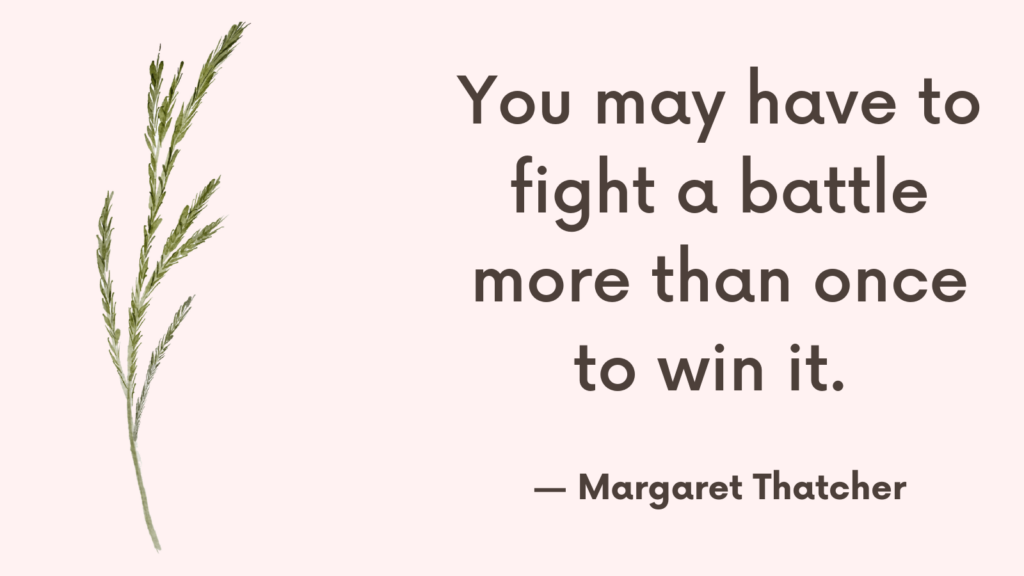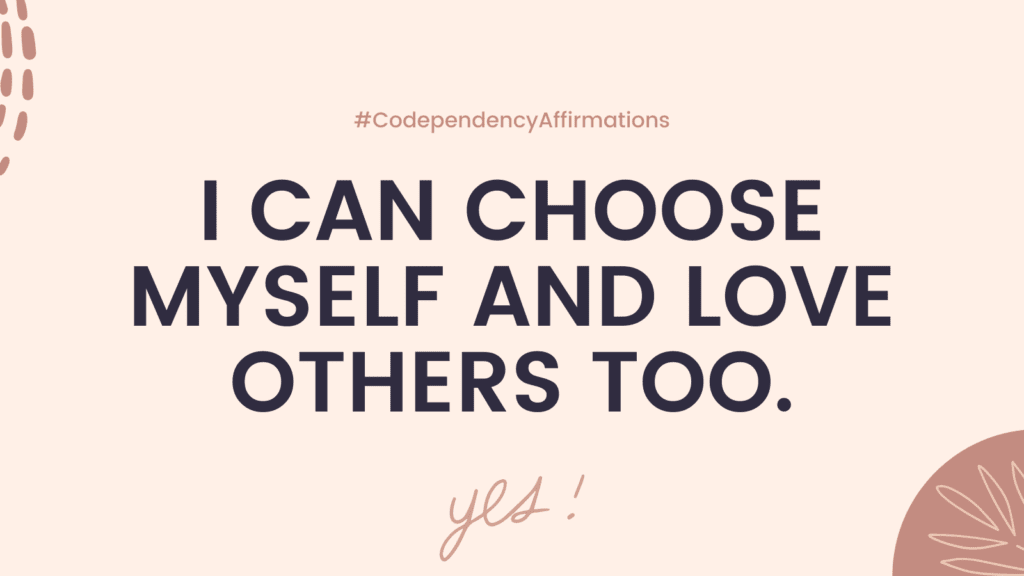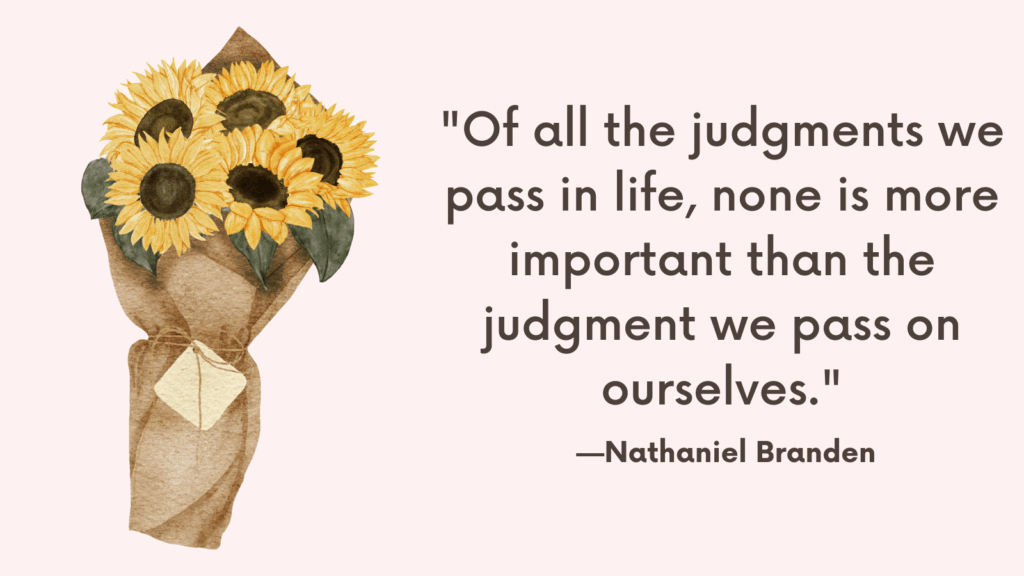Codependency is a behavioral condition where one person enables another’s addiction, poor mental health, immaturity, irresponsibility, or underachievement.
It often involves one person sacrificing their own needs to meet the needs of another, leading to unhealthy, one-sided relationships.
Recognizing codependency is the first step to breaking free from it and building healthier relationships.
This guide provides real-life examples of codependency and strategies for overcoming it.
What Is Codependency?
Codependency is a complex and often misunderstood behavior pattern that can significantly affect the dynamics of various types of relationships.
It involves an unhealthy reliance on another person, where one’s sense of self-worth and identity becomes intertwined with the ability to care for or control another individual.
Before exploring the different examples of codependency, it’s essential to understand the core characteristics that define this behavior:
1. Excessive Caregiving: The codependent person feels responsible for taking care of another’s emotional, physical, or psychological needs, often to the detriment of their own well-being.
2. Low Self-Esteem: Codependent individuals frequently struggle with low self-esteem, seeking validation through their role as a caregiver or supporter.
3. Denial: Those involved in a codependent relationship may be in denial about the unhealthy aspects of their dynamic, often justifying or rationalizing their behavior.
4. Poor Boundaries: A lack of clear and healthy boundaries is a hallmark of codependency, leading to enmeshment and an inability to distinguish between one’s own needs and those of the other person.
5. People-Pleasing: Codependent individuals often prioritize the needs and desires of others over their own, driven by a deep-seated need for approval and acceptance.
6. Obsession with the Relationship: The codependent person may become overly focused on the relationship, neglecting other aspects of their life, such as personal interests, friendships, or career goals.
Related: How To Break Codependency Habits For Good? (+FREE Codependency Worksheets)
Codependency Examples
Codependency can manifest in different ways, depending on the nature of the relationship and the specific dynamics involved.
1. Romantic Codependency
In romantic relationships, codependency often revolves around one partner taking on a caretaker role, where they feel responsible for the other person’s happiness, success, or emotional well-being. This can manifest in behaviors like:
– Constantly trying to fix or solve the partner’s problems, even when it’s not their responsibility.
– Neglecting their own needs, interests, or social life to focus entirely on the relationship.
– Feeling anxious or insecure when the partner isn’t happy, leading to attempts to control or influence their emotions.
2. Parental Codependency
Parental codependency typically involves a parent who becomes overly involved in their child’s life, often to the point of hindering the child’s ability to become independent. This can manifest in behaviors like:
– Continuously managing the child’s responsibilities, such as finances, chores, or decision-making, even when the child is capable of handling them on their own.
– Experiencing a strong sense of identity through being needed by the child, leading to a reluctance to let them grow and develop autonomy.
– Feeling emotionally distraught or anxious when the child asserts independence or makes decisions without the parent’s input.
Related: How To Overcome High Functioning Codependency?
3. Friendship Codependency
In friendships, codependency can develop when one friend assumes the role of the constant supporter or rescuer, while the other becomes reliant on them for emotional or practical support. This can manifest in behaviors like:
– Always being available for the friend, even at the expense of personal time, other relationships, or self-care.
– Feeling a sense of worth or importance through being the friend’s go-to person for advice, problem-solving, or emotional support.
– Struggling with feelings of guilt or anxiety if they cannot help the friend or if the friend seeks support elsewhere.
4. Workplace Codependency
Codependency in the workplace can occur when an employee or manager becomes overly invested in their role, often at the expense of their own well-being or the growth of their colleagues. This can manifest in behaviors like:
– Taking on tasks that others should handle, out of a belief that no one else can do them correctly.
– Working excessive hours or neglecting personal life to ensure the success of the team or company.
– Feeling indispensable or irreplaceable, leading to an inability to delegate or trust others to perform their duties.
Related: Top 10 Signs You’re Healing from Codependency
5. Sibling Codependency
Sibling codependency can develop when one sibling assumes a caretaker role, often in the absence of or due to a lack of parental guidance. This can manifest in behaviors like:
– Taking responsibility for the sibling’s well-being, decisions, or life choices, even when it’s not necessary.
– Feeling guilty or anxious if they are not able to help or support the sibling in some way.
– Deriving a sense of identity or purpose from being the “protector” or “caretaker” of the sibling, often leading to difficulty establishing their own independent life.
Related: Best 10 Overcoming Codependency Exercises
How to Break Free from Codependency?
1. Acknowledge the Problem
The first step in breaking free from codependency is recognizing and admitting that it exists.
Reflect on your relationships and identify patterns of codependent behavior.
Acknowledging the problem is essential for making changes. Without this awareness, it’s impossible to address and correct codependent behaviors.
2. Set Healthy Boundaries
Learn to set clear, firm boundaries with others.
This might include saying no to unreasonable demands, not enabling destructive behavior, or taking time for yourself without guilt.
Healthy boundaries protect your well-being and prevent others from taking advantage of your care or support.
They also encourage others to take responsibility for their actions.
Related: Top 10 Codependent Friendship Signs
3. Focus on Your Own Needs
Start prioritizing your own needs, desires, and goals. Engage in activities that bring you joy and fulfillment, and invest time in self-care.
Focusing on your own needs helps you build a stronger sense of self-worth and independence, which is crucial for overcoming codependency.
4. Develop Emotional Independence
Work on becoming emotionally independent by learning to validate your own feelings and making decisions based on your own needs, not just others’ expectations.
Emotional independence allows you to maintain healthy relationships without losing yourself in them. It empowers you to live authentically and make choices that align with your values.
5. Educate Yourself About Codependency
Read books, attend workshops, or join support groups focused on codependency.
Understanding the condition and its impact can help you recognize and change unhealthy patterns.
Education provides insight into codependent behaviors and offers strategies for creating healthier relationships, empowering you to make lasting changes.
Related: Top 21 Codependency Journal Prompts
6. Practice Assertiveness
Practice assertiveness by expressing your needs, desires, and boundaries clearly and respectfully. Stand up for yourself without being aggressive or passive.
Assertiveness is key to maintaining healthy relationships. It ensures that your needs are met and that you are not taken advantage of, helping to break the cycle of codependency.
7. Let Go of Control
Recognize that you cannot control others’ actions or decisions.
Let go of the need to manage others’ lives, and focus on what you can control—your own choices and behavior.
Letting go of control reduces anxiety and stress, allowing for more balanced and respectful relationships where each person is responsible for their own life.
Related: 6 Things Happen When a Codependent Leaves a Narcissist

Conclusion
Breaking free from codependency is a challenging but transformative process.
By recognizing codependent patterns, setting boundaries, and focusing on your own needs, you can cultivate healthier, more balanced relationships.
Remember, it’s never too late to change your behavior and create a life where you are valued, respected, and independent.
With patience, support, and self-compassion, you can overcome codependency and build fulfilling, empowering relationships.



